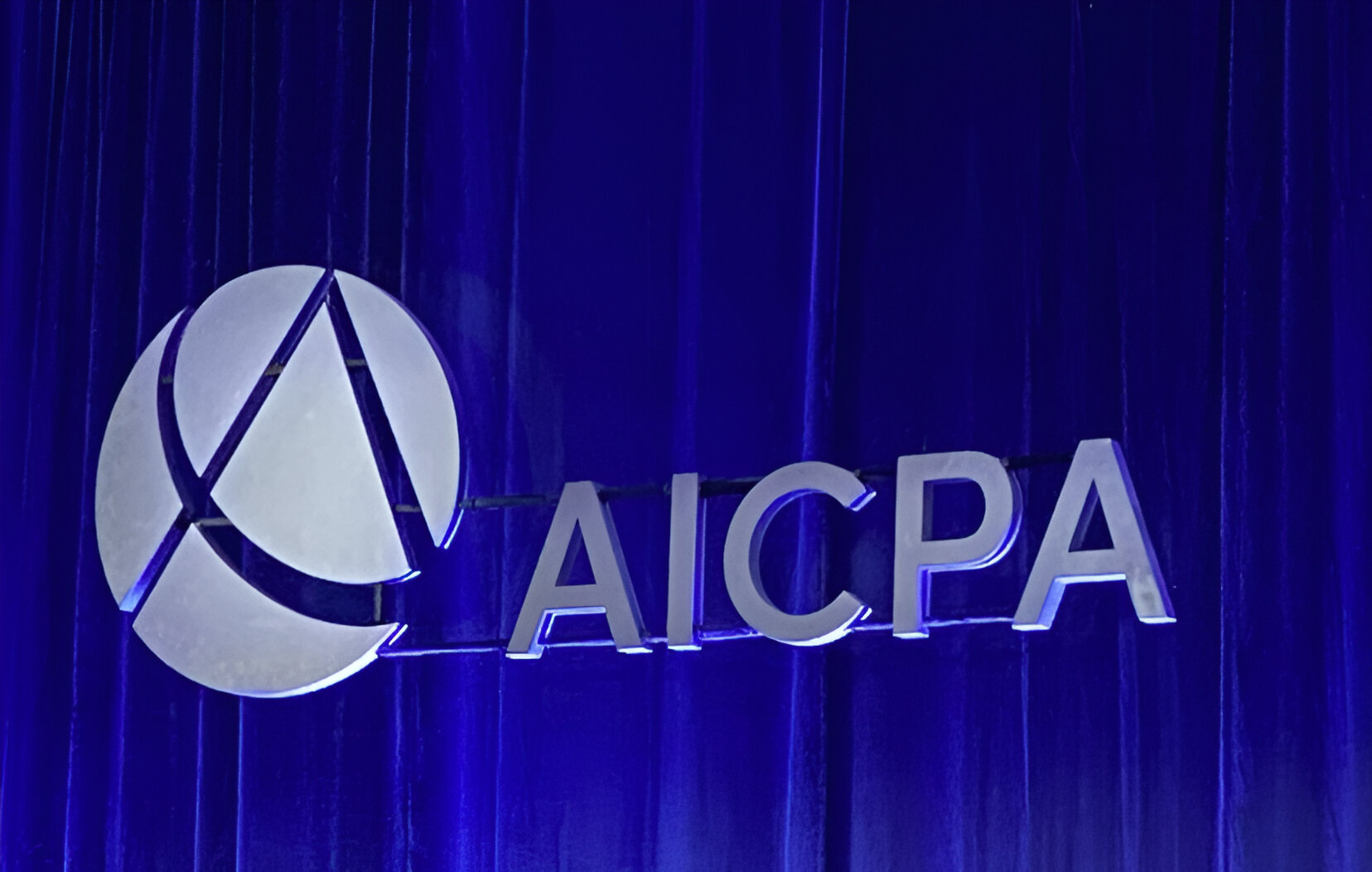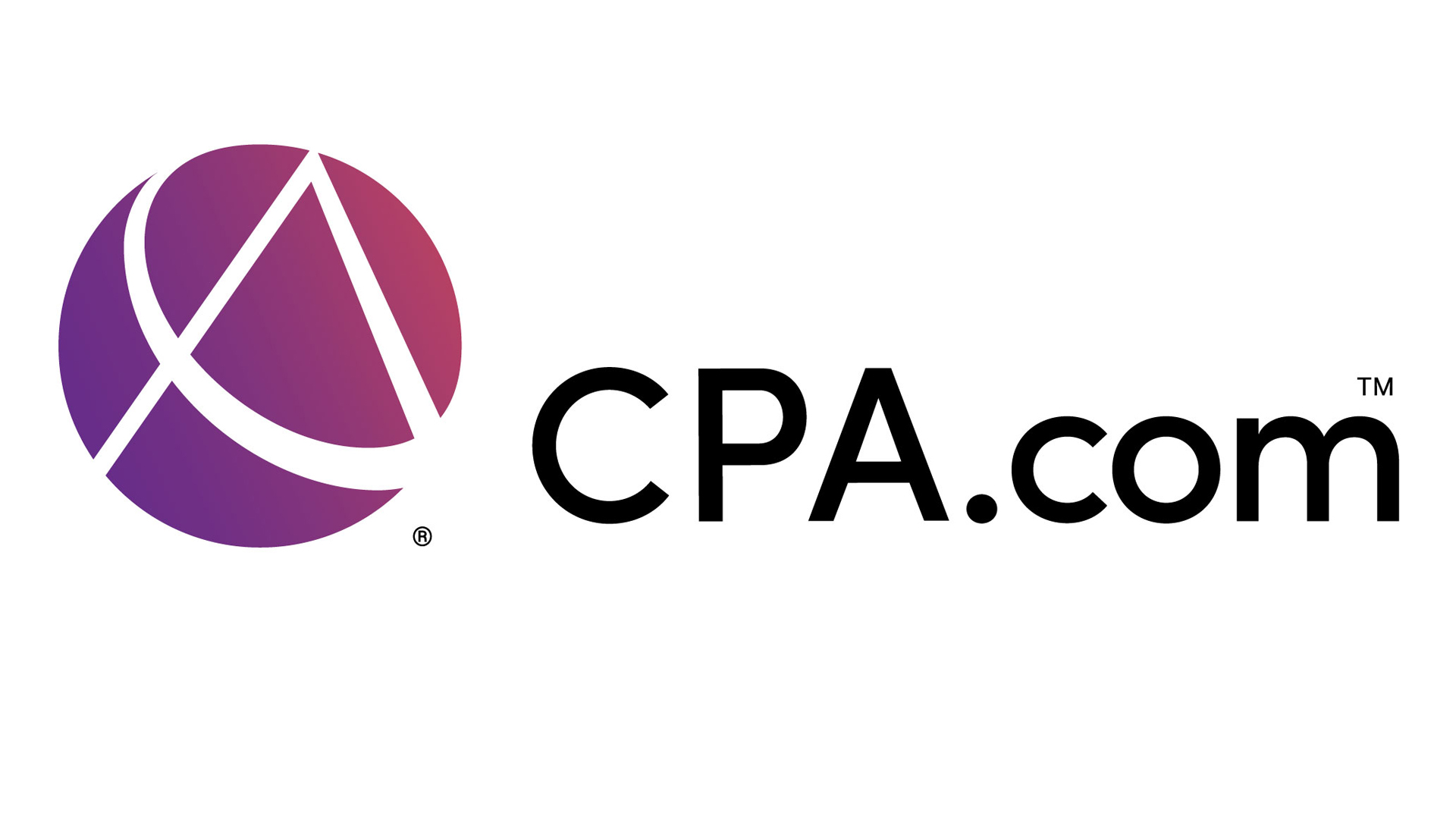Pricing your Client Accounting Services (CAS) offering correctly to ensure reasonable profitability (and to ensure your clients feel value to price balance) is a major decision you will make in your CAS practice.
In my new book, “The Definitive Success Guide to Client Accounting Services,” I have shared many key insights from the CAS survey that I conducted with the help of CPA Trendlines. It is perhaps the largest CAS survey in the accounting profession, with more than 3,000 firms, of all firm sizes, responding to the survey.
Pricing insights from the CAS survey
The survey results revealed how CAS firms price their CAS offering:
- Fixed/Flat Fee: The topmost method used by 41% of the respondents.
- Mixed Method: A mix of hourly, fixed, and value pricing, charged by 36% of respondents.
- Hourly Fees: Used by 33% of respondents.
- Value Pricing: Used by about 28% of respondents for CAS pricing.
Packaging CAS offering levels
The main precursors of your CAS pricing levels (dollar amounts) are the components of your CAS offering levels. The most prevalent methods that firms use to package CAS offering are generally based on:
- Whether clients offload only after-the-fact work, part of the work, or entire accounting work to the firm
- The types of work (number of services) firms do for different types of clients
- Periodicity of service delivery and the “actions” that clients can take based on the insights/recommendations you deliver (not just the reports)
- Level of predictability in the periodic amount of money client will pay in CAS fees
- Flexibility to charge for out of scope, finite, non-recurring projects
Based on the above-mentioned guiding principles, CAS firms use the following methods to create the “packages” for their CAS offerings.
- Generally, three levels, e.g., basic, intermediate, premium (or bronze, silver, gold), with some flexibility of customization within each level
- Within each of these levels, firms define the periodicity of service delivery, e.g., basic can include monthly reporting. In contrast, premium can consist of even daily or at least weekly service delivery.
- The level and depth of insights increase as the package level increases.
- The quantum of expert-time “included” in package “consultation and advisory” phone calls/meetings increases as clients opt for higher-level packages. In other words, you indicate to existing clients and prospects that if they need more than one meeting (do not limit the time per meeting) per month with you for advise, they would need to purchase a higher level of CAS package.
- Firms define “scope of work” for each package, but CAS firms also illustrate clear examples of “out of scope work.” Many firms call it “one-time projects work.”
Deciding on CAS pricing
Just how much should you charge for CAS to balance profitability and clients’ value experience? This is an art but also a science. The full insights on this aspect are out of the scope of this short article, but here are some key pointers:
- In general – clients seem to accept the total cost of accounting to be not more than 2 to 4% of the topline revenue of the business.
- If you charge X dollars per month for after-the-fact write-up work, CAS-fit clients should pay you 2-3X dollars per month.
- Automation can increase your firm’s productivity of data-intensive processes by up to 80-85% and reduce the total cost of producing the work by 40-50%.
- Avoid cost+ method of pricing (don’t bill inefficiencies to clients) but have some measurements in place, e.g., your average cost/time per unit of work of each type, so you can enhance your processes/technology/automation/pricing.
CAS pricing risk management
CAS clients prefer the fixed fee pricing method because it removes the uncertainty of how much they will pay every month, i.e., it reduces clients’ risk. The best way, and many CAS firms figured this the hard way, is to ensure you minimize your CAS pricing risk by getting the client to agree to:
- Review the CAS engagement after 60-90 days to relate the final CAS pricing to each client’s actual volume of work.
- Review the CAS engagement every year to relate the growing or reducing volume of work based on the business volume trend of each client.
- Including a clause that allows your firm to increase or decrease the price if the client’s work volume increases or decreases by 10% or more.
How to pitch your CAS packages
Once you have crystallized components and pricing (dollar figures) of your CAS packages, the next important thing is to pitch the packages to your prospects effectively. I am sharing some of the methods that I figured accounting firms are already leveraging out there:
- Show your highest priced CAS level package first
Several psychological experiments have proven that the fear of loss is considered about twice as powerful as the pleasure of gain. In other words, pitching “you will get these additional benefits if you purchase out higher CAS package” is likely to be half as effective compared to pitching “if you purchase out next lower level of CAS package, you will not have the benefit of these X number of actionable insights.”
Your highest-priced CAS package is your anchor price. Because the next price level is lower than the anchor price, the price pressure gets released immediately. At the same time, your lowest-priced CAS package will look like the “cheapest” option. Likely, the prospect would want to avoid being seen as the one who made a “cheap choice.” It is, therefore, critically important that your intermediate package is as profitable as possible for your firm.
- Give your pricing “why”
Your prospects and clients are NOT professional accountants or even educated in accounting. They simply do not know what it takes to produce the levels of work required to deliver the intelligence and insights they see in your CAS packages. Hence, they may perceive your pricing as “too expensive” or even “too low” (creating doubts about the quality of your work). To overcome such unsubstantiated perceptions, you need to tell why your prices are what they are.
- Show them the difference
It is very difficult for clients to understand why they should now pay more and for what. Therefore, when you try to sell CAS to existing clients, show them the before CAS and after CAS insights difference, so they clearly see the additional value they will get if they upgrade to CAS.
The quick insights above are some of the most proven ones in the profession. But, the pricing methodology for CAS can be very well defined based on your CAS experience. The key to success is to experiment, observe, measure, and adjust for a long enough time.
=======
Hitendra R. Patil is author of the new book, “The Definitive Success Guide to Client Accounting Services (CAS).” He is a 2017 to 2020 Top 100 Most Influential People in Accounting, and Head of Customer Success at AccountantsWorld.
Thanks for reading CPA Practice Advisor!
Subscribe Already registered? Log In
Need more information? Read the FAQs
Tags: Accounting, Advisory, Benefits, Firm Management




